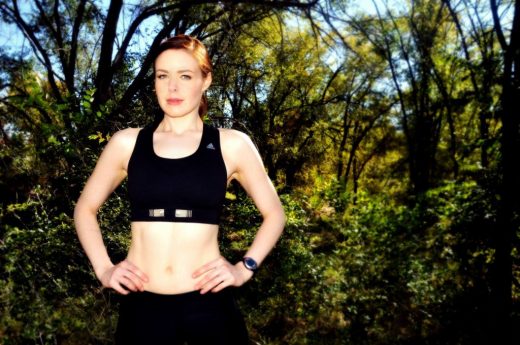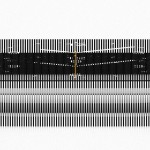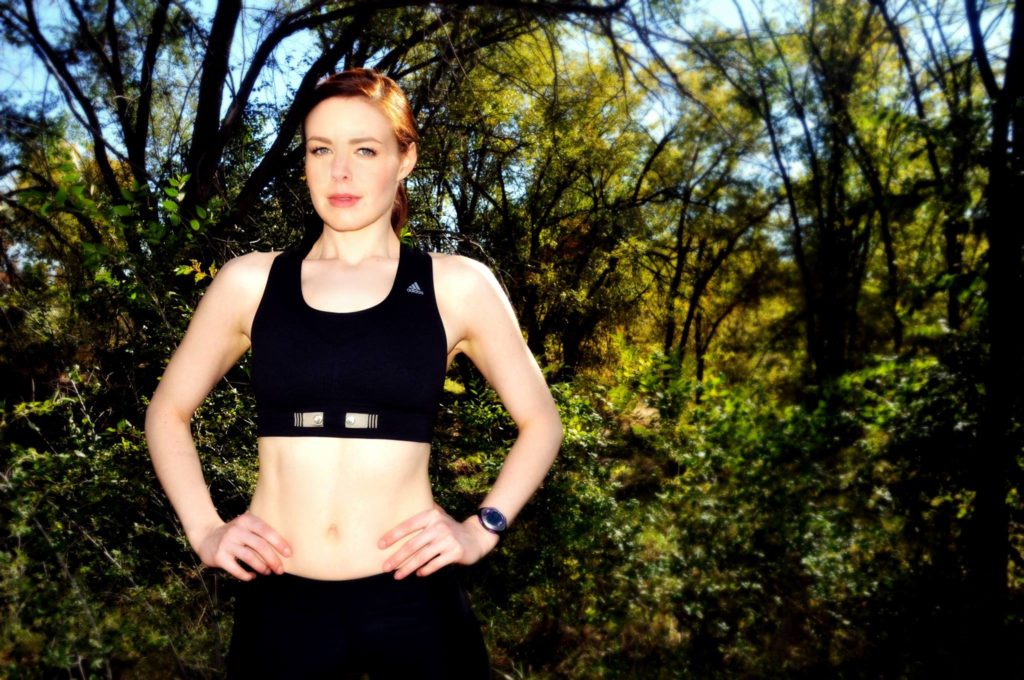Where are all the women in tech? They’re in wearables
Where are all the women in tech? They’re in wearables

While we read about the gender gap in technology almost every day, it’s worth championing a sector that seems to have a strong showing of talented women in tech – the wearables industry.
Women have an extensive history in the wearables field: There’s Leah Buechley, inventor of the Lily Pad Arduino; academics like Dr. Rosalind Picard, founder, and director of the Affective Computing research group at the MIT Media Lab; Corinne Vigreux, founder, and COO, TomTom; and Ivy Ross, Vice President, Head of Design/User Experience for all Hardware Products at Google.
Then, of course, there are a plethora of wearables companies headed by women including Vinaya, Wearable Experiments, ElektroCouture, Roar for Good and Bellabeat, to name but a few. Women in wearables include academics, entrepreneurs, female directors, designers, and engineers.
They all have been part of setting the wearables agenda and moving the technology forward. One well-known woman in the sector is Stacey Burr, former startup founder of Textronics and now Vice President, Adidas Wearable Sports Electronics. I spoke to her recently about her experiences in the wearables space.
I was interested in learning about how Burr got her interest in wearables. She recounted:
“My first exposure was in the late 90’s. I was working for DuPont, in spandex and I have a tech engineering background and I was at one point finding the field of textiles very old-school and not as innovative as I would like. I heard about some researchers that were trying to integrate electronics and wires into fabric and as soon as I heard of it…It just sparked a fire in me about all the things that were possible as we started bringing technology sectors and conductive material closer to the body or onto the skin looking at lighting, heating, and physiology and motion sensors. It set me on a whole area of innovation that I’m still in love with and pursing today”.
Burr’s time in the early stages of wearable tech means that she’s seen the conversations change from technological hurdles to the killer app and the user experience and business models and how do you communicate the innovation. She noted:
“In the earlier days, products had to be standalone because there weren’t any standards or protocols and or powering objects like a smartphone that people were also carrying around with them so the phone screen opened up a whole new range of ideas around innovation.”
Of course, the technology is constantly developing and changing and we are now thinking about “How do we utilize technologies like VR or machine learning or AI in different ways.”
Where is the connected clothing?
Many of us expected that connected clothing would become commonplace, but the trend has largely been limited to sporting apparel, DIY tinkering and limited custom ranges at one end of the spectrum and one-off pieces consigned to languish in museums and galleries as examples of artistic technology at the other end. Burr explains:
“Clothing is such an interesting challenge. Not only does the tech have to be rock solid but the items have to possess all of the familiar consumer expectations that people have for their clothing — it needs to be fashionable, it needs to be ‘wash and wearable,’ it needs to meet a certain price point expectation that people associate with that category. So, not only is it an electronic device, it must meet all of the consumer requirements around clothing — not to mention comfort. The other challenge is where you merchandise these products: are they in the clothing department or do they go over by the consumer electrical?”

Burr notes that bridging the nexus between technology and fashion has not always been successful:
“I would say in my observation that when the electronics industry has tried to approach the clothing, it’s generally been unsuccessful because they have failed to understand a lot of the user consumer expectations and the imprecision that happens within the textiles supply chain. The typical assembly process for textiles is much sloppier than the electronic industry is used to, so it’s hard to get it all together in a way that’s satisfactory to consumers.”
Yet Burr and her team were responsible for a successful number of wearables including the Adidas miCoach Seamless Sports Bra. She explained:
“When Textronics and then Adidas bought consumer heart-rate-monitoring apparel forward, it was really a bit of a breakthrough in terms of meeting all those expectations, not to mention having FDA approval for heart rate electric sensors. It was a great example of where it all comes together in a really nice execution.”
The litmus test for men in women’s wearables
Burr’s experience in managing teams in the wearables market means that she’s been able to see first-hand the growth of women in technology. She notes that on her own team “we have quite an accomplished list of women in our Adidas wearables organization and are currently looking for more.”
She views the representation of women in women’s wearables as important in that women download fitness apps at twice the rate of men and explains “you really need a working team that represents and can speak for, and look through the lens for the consumer and I think that we have that.”
Men who want to join her team are given a little test to gauge their suitability to working with women’s attire:
“I have a little litmus test for some of the men that are interested in coming into our wearables team. We put a heart rate monitoring sports bra on the table during the initial discussions and if a man can’t touch it, it’s unlikely he’ll work well on our team. I’ll be thinking ‘pick up the sports bra, and see it as a sensor system, as an engineering challenge with skin as the user interface!’”
Ultimately one of Burr’s greatest pleasures in the wearable sector is that it is a great way to attract women who may otherwise be excluded from technology:
“I love that you can combine something that’s traditionally a feminine love like fashion with technology. It’s the way to spark a fascination or get someone involved in the maker movement or get someone to try to program an Arduino so that they can have something that lights up or get an exposure to soldering, I love it, I love it.”
The post Where are all the women in tech? They’re in wearables appeared first on ReadWrite.
(32)









